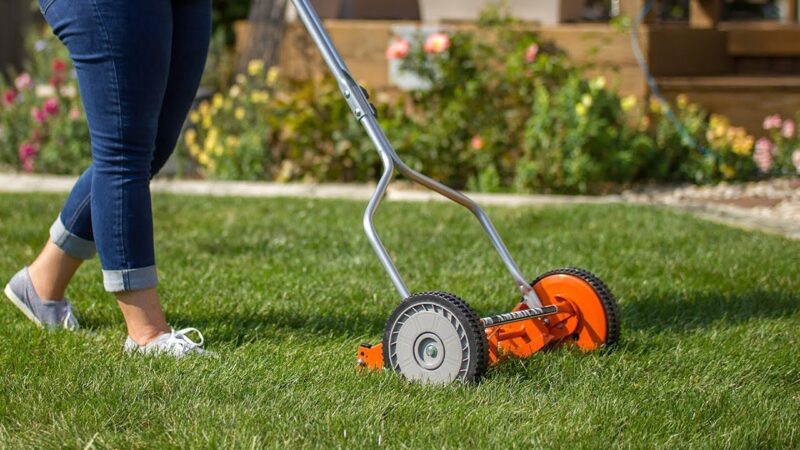How to Grow and Care for Coral Bells Flower

The coral bells are considered to be a stunning perennial mainly because of its eye-catching foliage, which comes in beautiful shades of purple and is also seen in a range of red to light green. People also love burgundy colored foliage as it gives out a very appealing look to the garden. The scientific name for the plant is Heuchera. They are also called Alum roots. Coral Bells have flowers that are seen to grow on tall stalks. The most salient feature is that Coral Bells look healthy no matter what conditions are put forth. They grow well in containers and are preferred to be kept that way. If you have a dull looking surrounding, Coral Bells are famous for changing the look of the place with its colors.
Types of Coral Bells
- Plum Pudding– The name comes from their dark purple or plum-colored foliage that loves a good shade.
- Snow Angel– These do not have foliage of any color but green. However, the color is quite bright and gives out beautiful pink flowers.
- Ginger Ale– This, too, gets its name derived from the gingery color of its foliage. They have attractive heart-shaped foliage.
- Blondie– These have bright yellow foliage that often gives out a golden look. These are considered to be heavy bloomers.
- Creole Nights– These stand out amongst all the other Coral Bells. They have black colored foliage that looks glossy.
- Palace Purple– These, too, are of a purple shade. However, the shade falls close to looking burgundy.
- Sweet Tart– These heavy bloomers give out flowers of two shades of pink. Their foliage is of lime color.

Suitable Season
These are mostly considered to be evergreens. They start blooming in late spring and go up to early summer. However, late-blooming Coral Bells are also available. If you are not the one who likes to look after their plants often, sowing seeds during the fall is a good option so that they start sprouting during the spring. Coral Bells tend to thrive best in zones ranging from 4-9. The most common plant size ranges from 12-36 inches in height and 13-19 inches in width. It is recommended to space them 16-24 inches apart.
Soil Requirements
When it comes to their growth, they prefer the soil to be well-drained. They appreciate moist soil, which is rich. For your plants to grow in a healthy and happy environment, providing nutritious soil that is full of organic matter is considered to be the best way. Although Coral Bells hardly appreciate dense soil or soil that is heavy. Coral Bells highly prefer their soil to range from neutral to slightly acidic, having pH 6.0- 7.0 as they are not known for tolerating acidic or clayey soils.
Fertilizer and Water
The fact that adds to their low maintenance is their strength of looking healthy and looking great even without any attention for weeks. However, their growth would look much healthier when they are taken care of. This means that watering them once a week or two is the preferred option. Coral Bells are light feeders. When it comes to feeding them, heavy fertilization, along with the quick release, can easily hamper the growth of the plant. Slow-release fertilization should be used, or mild organic food should be provided. When exposed to excess fertilizers, there will be more foliage with less flowers.
Preference for Sun
The Coral Bells are considered to be perennials requiring minimal maintenance. They appreciate being kept in the shade for most parts. Although they even show healthy growth if they are kept in 5 hours of sunlight. The dependence of their liking is on their type. While some love shade, some love the sun. It is preferred not to keep them in the sun if the conditions of the temperature are arid. Under such conditions, the foliage may look faded.
Pests and Diseases
Coral Bells have no trouble with animals as they are deer resistant. However, they may have rust and other fungal conditions which usually arise in humid climates. These problems can be avoided if proper airflow is provided to Coral Bells. Also, it is to be made sure that the soil stays properly drained and does not have excess moisture when the plant is damaged, cut off the damaged foliage. The pests that affect Coral Bells the most are weevils and nematodes.
Coral Bells are very versatile perennials that prefer to be grown in zones ranging from 4-9. They can usually grow well despite any conditions of light if they are adequately watered. However, most Coral Bells prefer to be grown under the shade with average moisture levels.
Coral Bells are very bad in taste. This is the reason that they are not affected by deer or rabbit. In areas having high deer pressure, Coral Bells can prove to be the best alternative to grow. However, care should be taken during winters.
For optimum growth of Coral Bells, it is recommended that they are planted by providing moisture to the roots. However, if too much moisture is exposed to the plant, especially during winters, they will die or be exposed to rotting diseases.





